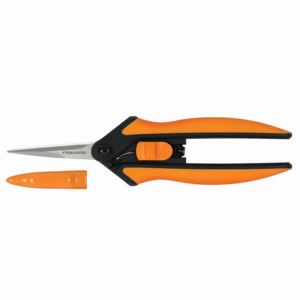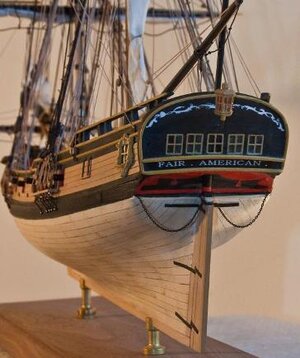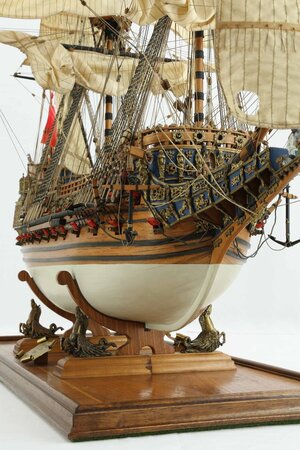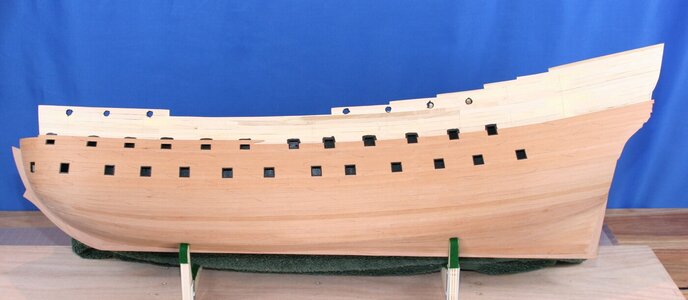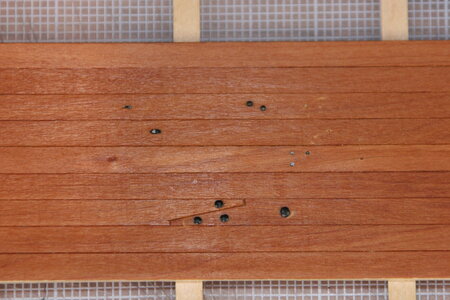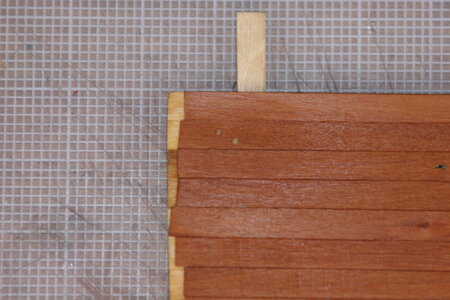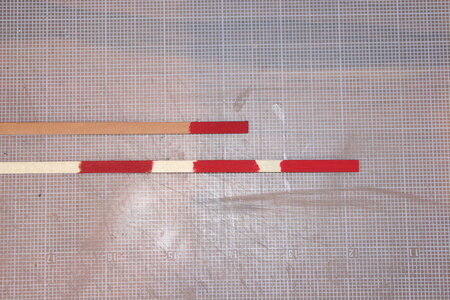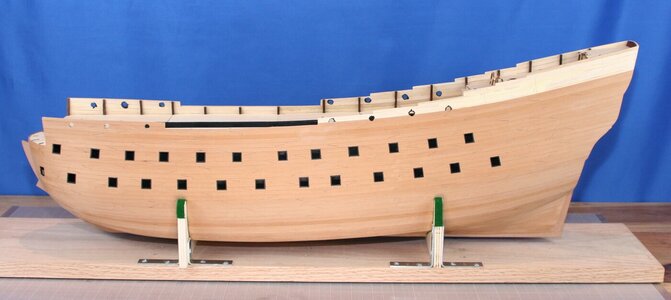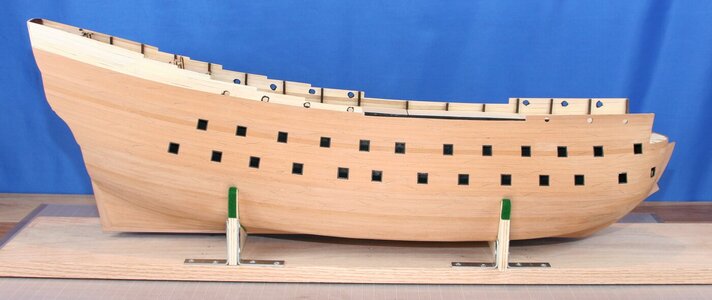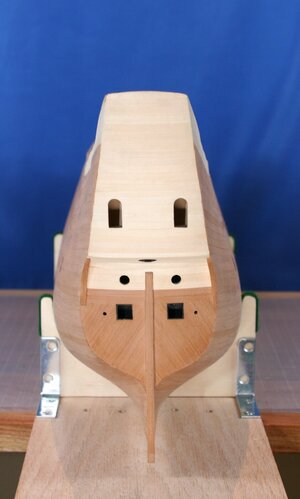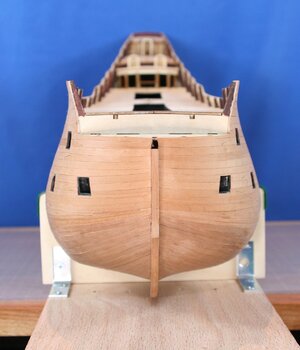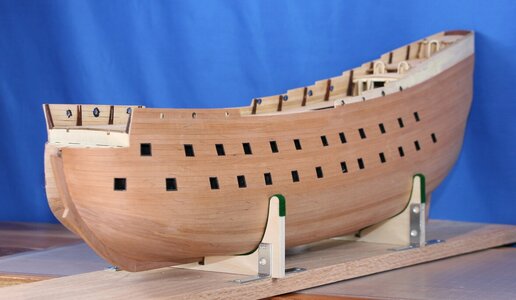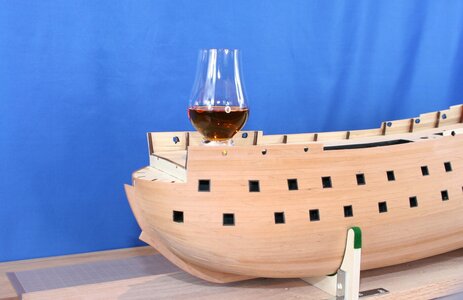The wales should not be on top of the planking, wales are planking, only thicker.Hi Kurt,
Let's see if the 'masters' out there can get us an answer to your excellent question. The DeAg instructions call for the wales to be added after the secondary planking and the dimensional timber provided (which I have since replaced with pear but of the same dimensions) seems to take that into account. But almost every build on the forum shows wales installed directly to the primary hull (obviously with a single planked hull the point is mute). Let's see what we can learn...
In an original ship construction the wales are fitted to the frames as the hoops around a barrel giving the structure rigidity.
In a ship like Vasa first the keel, stem and stern were laid, the they started with the planking of the bottom, followed by laying the floor beams followed by some of the futtocks determining the shape of the upper part of the ship. They did this with a plank determining the shape of the hull as a guidence for the rest of the futtocks. Direct above and below this guidence plank the wales were fitted, actually before the hull planking.
On this 17th century picture you see this guidence plank. You also see that the bottom is already planked as that is where the shipbuilding starts, before fitting frames.
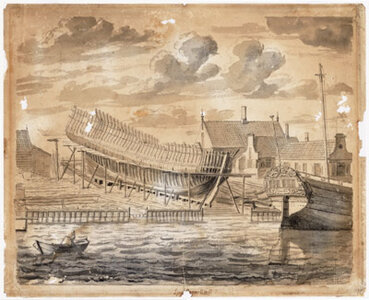
On this model of Ab Hoving of the fluit Heemskerk you can see the wales are now added and the guidence plank removed.
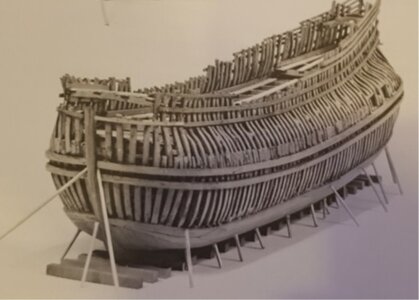
Now it is time to add the planking and fill up the space. If you want to build a correct model your wales should exactly follow planks. Therefore it is normally best to first determine the flow of your wales and fit the planking to that.
Hope it helps.





